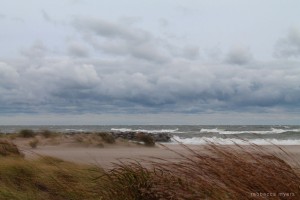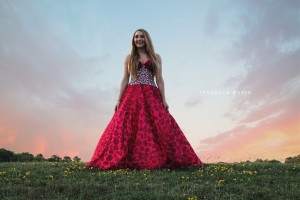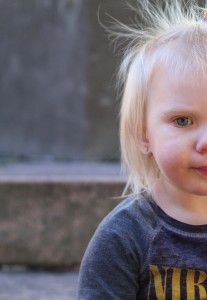Tuesday, January 24
Thursday, January 26
Learning Targets:
Students will be able to:
- Create a blog.
- Write and publish your first blog post.
- Insert media into a blog post.
Part ONE: Create Your Blog
- Go to www.edublogs.org
- Create a blog. You must use your real name and it must be clean and professional (no cartoon or athletic figures, no President Trump, Harambe, Chuck Norris, SpongeBob or the like). Please remember that my 39-year-old humor is very different than teenage humor…
- Email me the link to your blog. My address is Rmyers@eriesd.org I cannot grade your assignments until your link has been sent.
- Make it pretty–but not too pretty. You don’t want to take away from your photographs and writing!
Part TWO: Introduction and Baseline Photos
1. For this blog post, you will write a short paragraph that discusses your interest in photography. Answer the following: When did it start? Of what do you like to take photos? Where did you get your first camera? What do you like about it etc…
2. You will also post three to five photographs that you captured yourself that you believe demonstrates quality composition. Below the photographs, you will write a description of why you think these photographs are of quality. You might discuss composition, color, angle, etc. We will use these photos at the end of the semester to compare to your current work to see how far you have come!
Please name your blog post “Introduction and My Baseline Photos.”
Example Blog Post:
Introduction and My Baseline Photos
I have had a long standing love of photography. When I was younger, mostly school aged, I enjoyed capturing photos. At that time, photographs were taken with 35 mm cameras. The beauty of using film was that one had to capture the image at the right moment. There was no “preview” of the image before printing. In high school, I took a photography course where I learned how to not only properly take a photograph in manual mode, but I also learned how to roll film and develop images in a light room.
As my life changed, I found myself focusing more on my college education and less on photography. In 2013, with the birth of my first child, I fell in love with photography once again. Shortly after, I bought my first DSLR camera and have been practicing with various techniques since. My current obsessions are black and white, and back lighting!
Additionally, I also have a love of photography of others. My current favorites are Meg Bitton, Jake Olson, and JME Photography. All are portrait photographers.

I love the colors and the mood this image create for the viewer. I do not normally photograph landscapes.

This image has been a goal of mine for sometime. As far as my personal style goes, I like to create images that have space.

I also enjoy using cropping when photographing my subjects. This photograph is of my daughter at 18 months.

I also enjoy environmental photograph and simplicity. This photo is my son Brody at 2 years.



